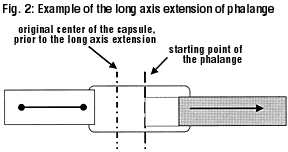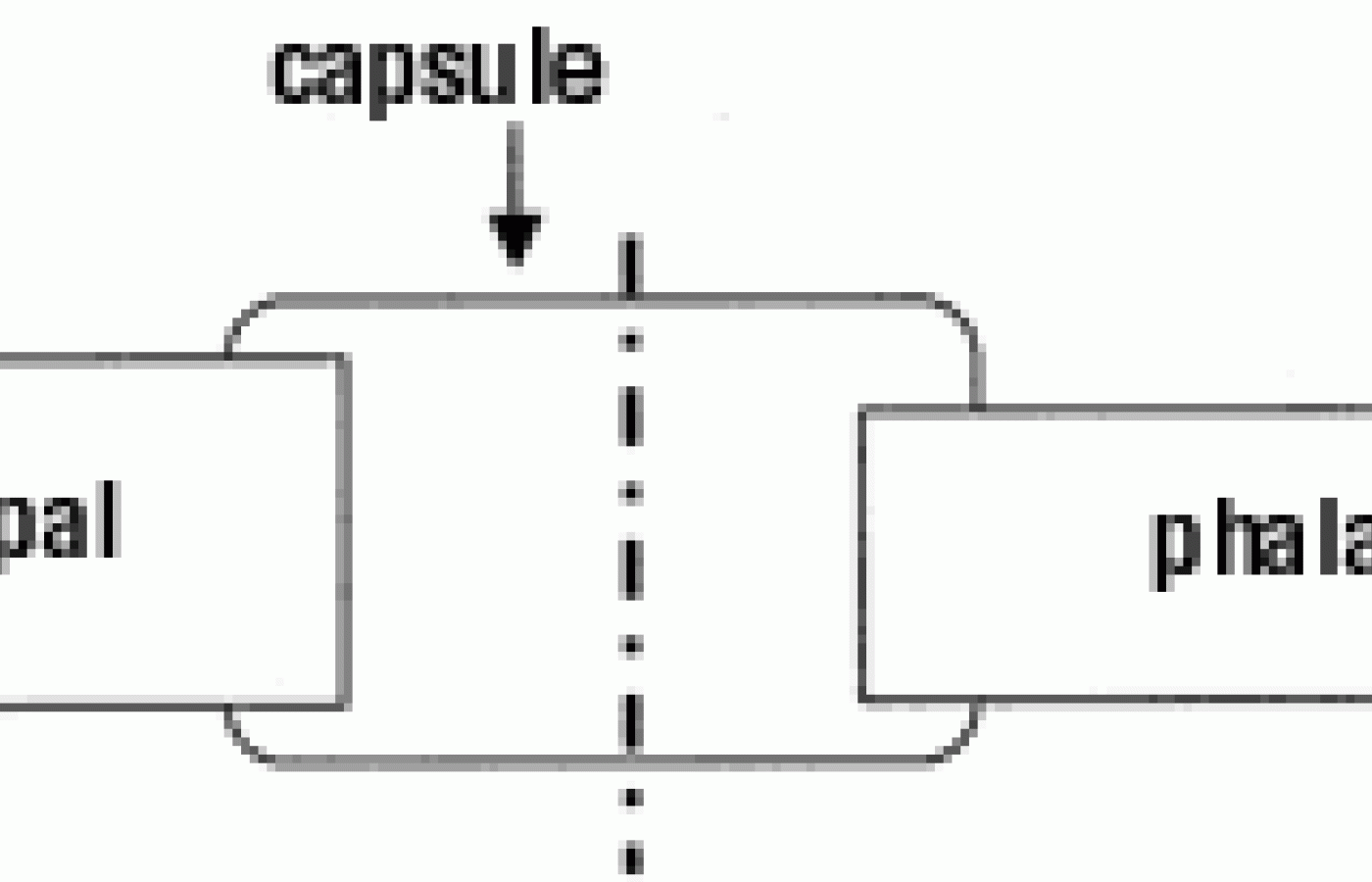MRI is currently the gold standard for identifying radicular pathology, but unfortunately, it requires preauthorization, which isn’t easy to obtain. Physical tests are what most practitioners depend on – despite the marginal reliability of the tests. The information in this article brings history and observation to the forefront of radicular diagnostics. Each factor listed can significantly increase the clinician’s ability to diagnose radiculopathies.
Motion Palpation - Specific
Pssst! Want to be a better motion palpator? Want to become very precise in your motion palpation? Want to get better results with your adjustments? Want referrals that won't stop?
I am going to pass on to you a secret of performing a superb motion palpation examination. It will take some mental and manual practice on your part, but it's well worth the effort!
The Secret!
The secret is... there are two halves to an articulation. (Shhh! Not so loud!)

Think of this: When you are driving a car you use the same mechanical process to turn left that you use to turn right. You use the same steering wheel, gears and linkage, wheels and tires. It is the mental input from your brain to your hands, on the steering wheel, that turns it one way or the other.
The point is, you use the same things differently for different effects.
For ease of understanding and readily available articulation, practice on the articulation between the second metacarpal and the proximal end of the second phalange, or the index finger.
Most motion palpate this articulation by stabilizing the metacarpal and motion palpating the phalange by challenging it in its seven directions (anterior glide; posterior glide; internal rotation; external rotation; medial glide; lateral glide; and long axis extension).


Using the symbol


The Second Half
To be complete, precise and decisive, you must now stabilize the phalange and challenge the metacarpal in its seven directions!
When you motion palpate this articulation is the phalange fixated on the metacarpal, or is the metacarpal fixated on the phalange, or are they fixated on each other? There are three possible fixations that must be considered, not just one.
If you do not understand this concept, reread everything above until you understand the information.
Another example: The knee is a perfect example of how many chiropractors only motion palpate half the articulation. How many of you have motion palpated a knee, but only put the tibia and fibula through the motions, not the femur in the mirror directions?
Yet another example is the sacroiliac articulation. Is the ilium fixated on the sacrum, or is the sacrum fixated on the ilium, or are they fixated on each other? We all should stop palpating half an articulation and stop delivering half an adjustment.
Which half of the articulation would you adjust or apply your quick stretch to, now that you have the "secret"?
If you don't improve on your motion palpation and adjusting skills after reading and understanding this article, I will move out of the country. Write me and tell me how much better your palpation and adjusting skills have improved; I kind of like it here.
Charles Rollis,DC
Fax: 408-246-4299
San Jose, California



